Unfortunately, signs of inequality are often manifested in education systems, formal and non-formal schools. Those who are most often targeted are individuals from minority, indigenous and other vulnerable groups. In class, you were asked to choose between reading one of two cases related to educational injustice and inequality (particularly against a religious minority)-- anti-Muslim discrimination in U.S. Schools and denied access to higher education for Bahá’ís in Iran. After reading the case that you selected, please make sure to answer the following questions:
- Which case did you read? Please provide a brief summary (two to three sentences) explaining the background of the case study you read.
- What do you think the potential and actual causes of this kind of discrimination could be? Why is it happening in the first place? What factors are at play here?
- How would you personally feel if you were in the place of the religious minority group that was discriminated against? Please explain your response.
- Think of a time during any part of your own educational/sc experience in which you experienced and/or witnessed an act of injustice, discrimination, inequality, inequity, and/or prejudice taking place. Please explain the event, and how you reacted to it. Would your reaction be any different now? If so, how so? If not, why not?
***Your response (blog post) to this blog above is required by Sunday, December 18, 2011 at 11:59 p.m.***
This past week included quite a few issues and social problems that occur both on the micro and macro levels, particularly with regard to issues of injustice, inequality, violence, conflict, poverty, discrimination, disease, infection and poor physical and mental health.
While it is easy to fragment social problems into pieces, it is important to recognize how social problems and issues are interconnected and related to one another. Such a consideration is also relevant to the discussion of war and terrorism and how they can potentially contribute to greater degrees of inequality within society, as well as negatively impact human health.
For this blog assignment, please look up a specific war or terrorist act from any time in history that took place in any part of the the world (make sure to include the reference you found in your blog post). Include a brief description of the war or terrorist act that you have chosen, and in your own words, address how this particular conflict resulted in inequality and/or affected people's health and well-being.
***Your response (blog post) to this blog above is required by Sunday, December 18, 2011 at 11:59 p.m.***
For this scenario, you are working at an environmental policy firm in Downtown Washington, DC. You have been asked to offer a training to local residents of Washington, DC about how they can use technology to help conserve and maintain a sustainable environment within urban communities. It is also important to keep in mind how these factors can also contribute to the workforce. Please create a list of practical steps and actions people could take in Washington, DC that are split into the following categories below (at least four actions per category). Check out the National Park Service Center for Urban Ecology website to help you get some ideas about resources that are endemic to the Washington, DC area. Please also make sure that you are not repeating any actions that have already been posted by other students in previous posts. The categories for the list of actions are as follows: - Actions to take in the household
- Actions to take in the community
- Actions to take in the workplace
***Your response (blog post) to this blog above is required by Tuesday, December 6, 2011 at 11:59 p.m.***
Both structural-functionalists and social-conflict theorists try to study and analyze social problems and issues at the macro-level. However, they both differ in their perceptions as to how notions of power are distributed within U.S. society. Choose of the two approaches, and address the following questions: - How does this approach perceive the distribution of U.S. power in society?
- Do you agree with this approach? Why or why not?
- What are the limitations of this approach?
***Your response (blog post) to this blog above is required by Tuesday, December 6, 2011 at 11:59 p.m.***
Alcohol, legal and illegal drugs, and other addictive substances were the focus of discussion for this week. For this blog assignment, you are expected to answer four questions after watching three segments from the documentary "The Truth About Drugs" created by the Foundation for a Drug-Free World. The video segments and questions for the blog assignment are posted below for your kind information. The purpose of this blog assignment is to understand the influence of media in addressing social problems and issues such as alcohol or drug abuse. Please watch BOTH of these segments: Please also choose ONE of the following segments to watch: After watching the introduction, one of the drug/substance segments and the conclusion from above, please make sure to respond to the following questions: - In addition to the intro. and conclusion segments, which segment did you choose to watch and why?
- What do you think the message(s) or purpose (positive and/or negative) of these segments was?
- Do you think the message(s) and/or purpose was/were delivered effectively? If so, how so? If not, why not?
- What potential influence or impact (positive and/or negative) might these segments have on the audience?
***Your response (blog post) to this blog above is required by Tuesday, November 22, 2011 at 11:59 p.m.***
Although we studied and discussed them separately for the most part, crime, violence, and criminal justice have often been found to overlap and intersect with notions of human sexuality. For example, on a global scale, hate crimes are known to often target individuals who have sexual lifestyles that are in the minority and also well-underrepresented. Human trafficking for the purposes of enslavement and soliciting sex in urban centers is also very common. Prostitution, which most commonly involves young women and children, has also been identified as a "victimless" crime, especially among those who are not coerced to in the business, thus forcing many to ask if it should be legalized or not. Rape is also often used as weapon of war, control or domination, exemplifying that human bodies are no different than territories and lands that can be violated, mutilated, conquered, and owned. Vulnerable populations have been found to be intentionally injected with sexually transmitted infections (STIs) or sexually transmitted diseases (STDs) such as syphilis or HIV/AIDS.
Consider how human sexuality, crime, violence, and criminal justice overlap in the context of social problems. What kind(s) of social problem(s) come to mind? What forces exist within society that allow such social problems to exist? What has been done to address the issue? Is there anything that is left to be done? If so, what do you think should be done? How can education play a role in addressing this social problem? Or is the spread and growth of this social problem inevitable? If so, how so?
***Your response (blog post) to this blog above is required by Tuesday, November 15, 2011 at 11:59 p.m.***
You have been invited to speak on a student panel at Montgomery College about raising awareness on campus about the intersectionality of aging and gender, particularly as it relates to inequality and other social problems on college campuses. During your five-minute presentation, you are asked to specifically address these issues within the context of Montgomery College. Using your personal experience of studying on a college campus, such as Montgomery College, please address the following questions and how you would discuss them as a panel member. The questions are: - What do you personally believe the root causes of discrimination and prejudice specific to gender and aging are?
- Does gender-based and/or age-based inequality exist on campus? If so, how so? If not, why not?
- How does inequality of aging and gender manifest itself on campus? Are there any examples you can you identify in which such inequalities have been observed and/or experienced?
- What do you propose is necessary to address such inequalities on campus? How can your remedy or solution be carried out or implemented?
***Your response (blog post) to this blog above is required by Tuesday, November 8, 2011 at 11:59 p.m.***
This week, we covered two major social problems that are evident both locally and globally—the extreme gap between poverty and wealth that exists in the United States, as well as racial and ethnic inequalities. Given that these inequalities are manifested in many ways, including the education system, one might consider if certain incentives and/or quota should be set in place for poor and/or minority students since (on average) their admission to higher education institutions is dramatically low compared to wealthy students who represent majority racial and/or ethnic groups (unless certain incentives are offered, such as grants or scholarships, for example).
Taking this wide discrepancy between poor and wealthy students and majority-minority students into consideration, do you think affirmative action policies should be implemented within universities to help regulate this great discrepancy? Why or why not? Are there any alternative options?
When responding to this question, please support your answer with concrete evidence or references. Please also take into account the controversy over racial classification, affirmative action, and discrimination with regard to Brazilian universities. It is important to also remember to utilize sociological imagination when considering how various contexts (i.e., historical, cultural, socioeconomic, religious, etc.) might influence, reinforce, perpetuate, or challenge such inequalities.
***Your response (blog post) to this blog above is required by Tuesday, November 1, 2011 at 11:59 p.m.***
According to Macionis (2010), a social problem is defined as "a condition that undermines the well-being of some or all members of society and is usually a matter of public controversy." Based on our initial discussion in class about what social problems are, please reflect on what your personal definition of a social problem is. Share your own definition of a social problem, and please make sure to provide an example of a social problem. Explain why you consider it to be a "social problem." Do you have any proposed solution(s) to addressing this social problem? If so, what is it/are they?
Post a blog response to the above assignment by clicking on "Add Comment" below. Please make sure to include your name and email on the post (your email address will not be published). Please feel free to respond to your classmates' remarks as well.
***Your response (blog post) to this blog above is required by Tuesday, October 25, 2011 at 11:59 p.m.***
|
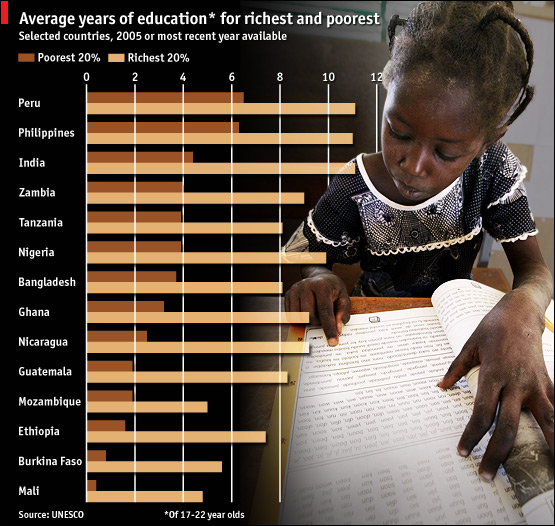
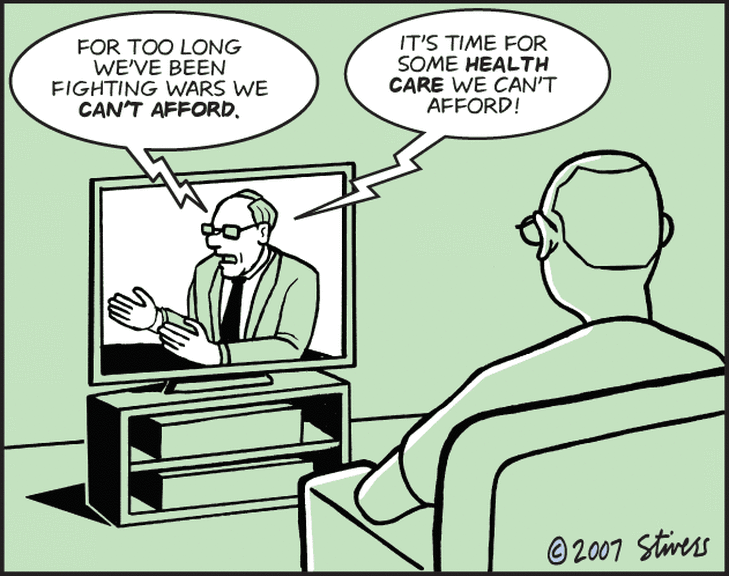
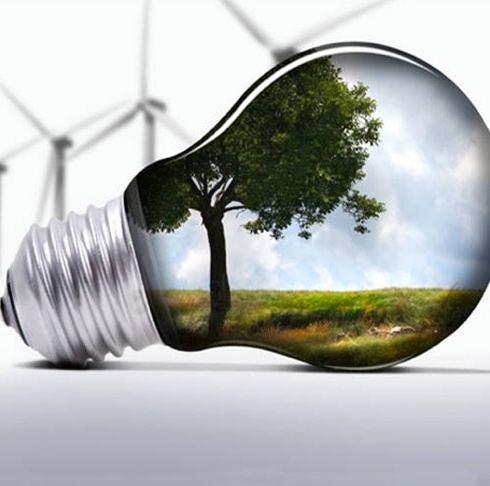
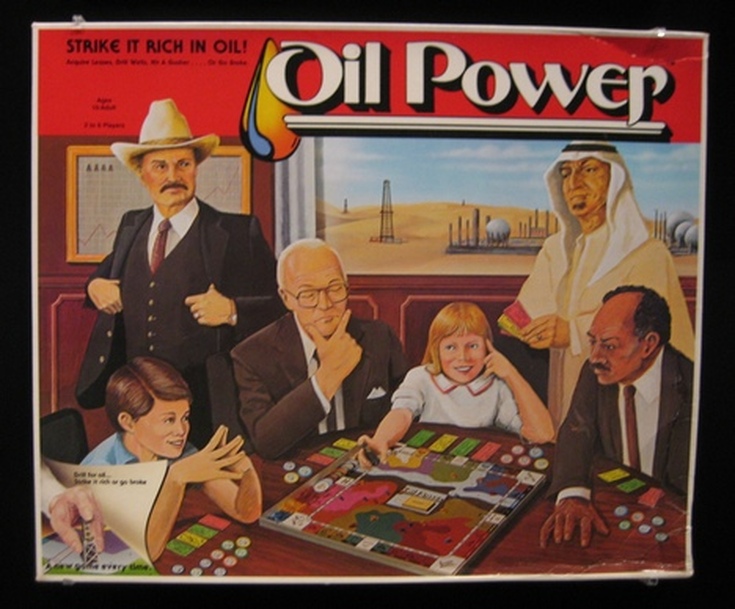

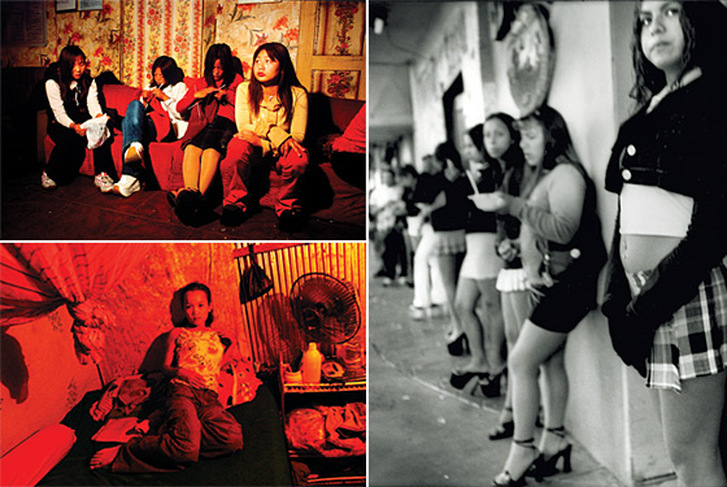
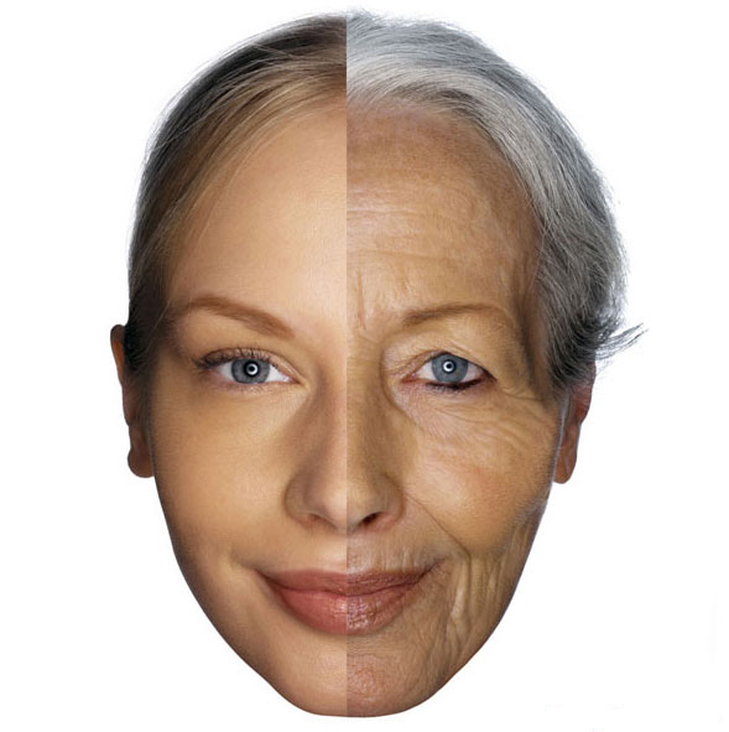
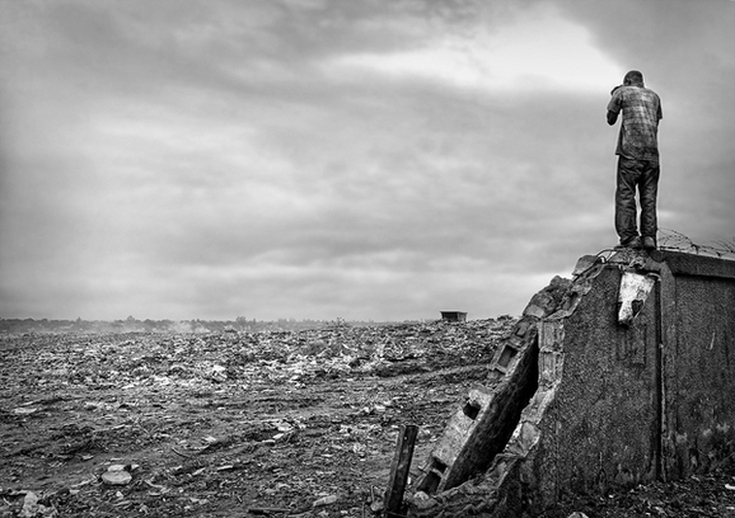
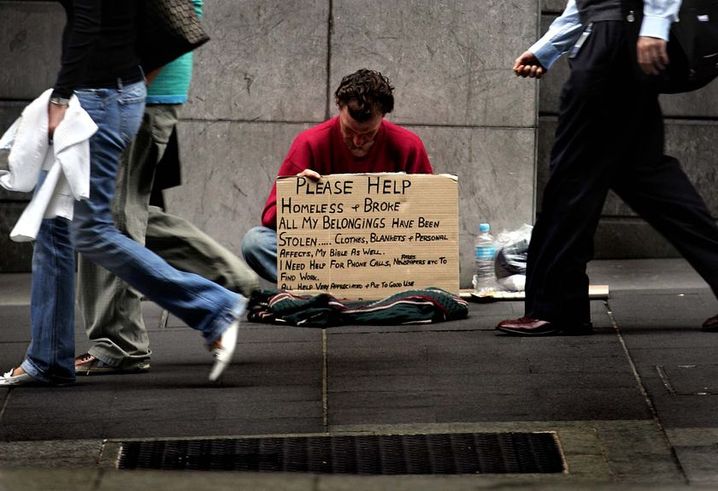
 RSS Feed
RSS Feed